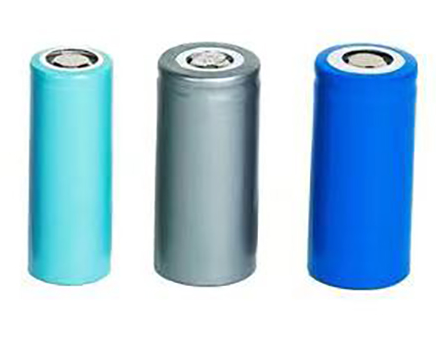Lithium-ion polymer battery, referred to as lithium polymer battery, is a solid electrolyte battery, which is improved on the basis of traditional lithium-ion batteries, using polymer electrolyte instead of liquid electrolyte. Compared with traditional lithium-ion batteries, lithium-polymer batteries have the advantages of small size, customizable shape, light weight and high safety. However, lithium polymer batteries are also resistant to overcharge and overdischarge, and must be charged under the supervision of a dedicated charger to avoid battery damage.

lithium polymer batteries, in the process of charging and discharging by lithium ion embedded between is negative and come out to store and release energy. During this process, maintaining regular charging cycles and avoiding extreme conditions are very important for battery life. Improper charging methods may lead to battery capacity reduction, voltage instability and even heat expansion, and even danger in serious cases.
Correct charging Lithium-ion polymer batteries should first follow their charging principles:
Use the matching charger: Make sure that the charger used is suitable for your battery specifications. Different capacities and brands of batteries often require different charging currents and voltages.
Avoid overcharging: Try not to charge for a long time (such as overnight), and disconnect the power supply when the battery is full.
Suitable charging environment: Lithium polymer batteries should be charged in a suitable temperature (0 ° C ~ 45 ° C) environment, avoid high or low temperature charging, so as not to affect the battery life and performance.
Avoid using the device while charging: Using the device during charging may cause excessive battery heat and should be avoided as much as possible.
Do not wait until the battery is completely empty before charging: Lithium polymer batteries have no memory effect, so you do not need to wait until the full discharge before charging.
In addition to the above charging principles, users should also maintain certain use habits during daily use, such as avoiding placing devices containing batteries in direct sunlight or closed vehicles, because the high temperature environment may lead to reduced battery performance and even danger. Beating and squeezing the battery should also be avoided as much as possible to prevent damage to the internal structure of the battery.
to maintain the best performance of lithium polymer batteries need for proper maintenance and daily maintenance:
on a regular basis to do capacity correction: Discharge the battery until the device indicates that the charge is too low and turn it off, then fully charge it to correct the displayed capacity of the battery.
Reasonable arrangement of charging cycle: Timely complete discharge and complete charging cycle process, recommended every 1-2 months, help to maintain the stable state of the battery.
Keep the battery dry: water and batteries are natural enemies, try to avoid battery contact with water, so as not to cause short circuit or other damage.
Avoid using non-original spare parts and accessories: To ensure optimum performance and safety, use original or certified batteries and chargers.
Appropriate storage power: If the lithium polymer battery is not used for a long time, its power should be maintained at about 50%-60%, and placed in a dry and cool environment, and charged every 3-6 months to maintain power.
In summary, through reasonable charging, reasonable use and maintenance, the service life of lithium-ion polymer batteries can be significantly extended, and its good performance can be maintained. Users should follow the correct charging and maintenance methods in accordance with the specific battery and device guidelines to achieve the best results.
As the energy core of electronic devices, the correct charging and effective maintenance of lithium-ion polymer batteries not only affect the stable operation of the equipment, but also directly related to the user's experience and the safety of the equipment. Therefore, it is of great practical significance to understand and practice the correct charging and maintenance methods of lithium polymer batteries.